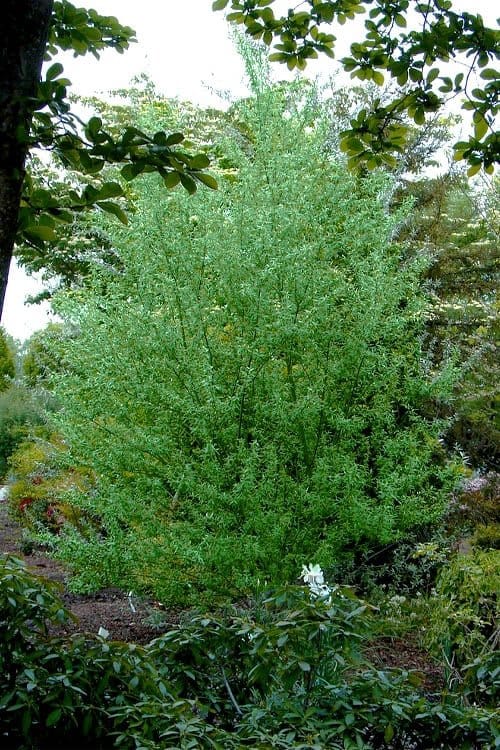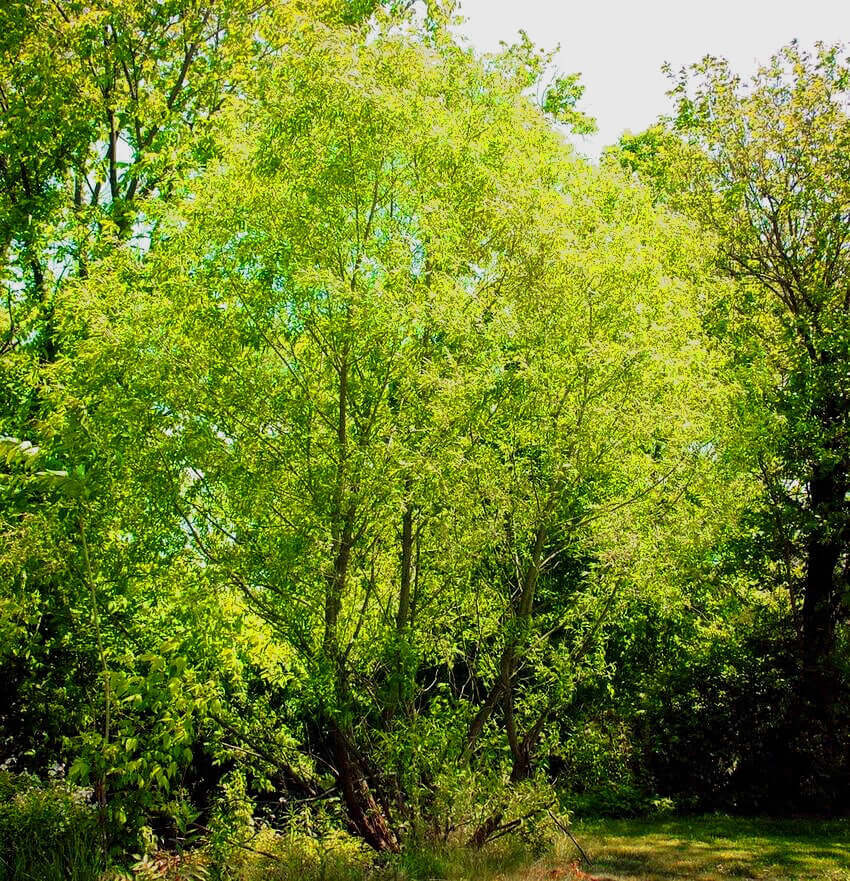Silky Willow
Silky Willow
| Order | Percentage Discount | ||
|---|---|---|---|
| 2-5 | 25% Off | ||
| 6-10 | 30% Off | ||
| 11-25 | 35% Off | ||
| 26-50 | 45% Off | ||
| 51+ | 65% Off | ||
Couldn't load pickup availability
5-7 Days
Under 25 Feet
Sun or Shade
4-9
Shade
Bare-root
NJ. OH. CT.
Silky Willow
The silky willow, also known as the Chinese or white willow, is a deciduous tree belonging to the Salicaceae family. It is native to China and is widely cultivated as an ornamental plant worldwide due to its exceptional appearance and numerous health benefits. The scientific name is Salix alba var. sericea, and it is closely related to other willows, such as the weeping and black willows.
Appearance and Characteristics of the Silky Willow
They are medium-sized trees that can grow up to 20-25 meters tall. Its leaves are long and narrow, measuring about 5-10 cm in length and 0.5-1.5 cm in width, with a silky texture on the underside. The tree bark is smooth and grayish-white, while the twigs are thin and flexible. The tree produces catkins in early Spring 2024, which are greenish-yellow and contain both male and female flowers.
Uses and Benefits
They have numerous uses and benefits. The tree is commonly grown as an ornamental plant due to its striking appearance. The tree's bark contains salicin, a compound similar to aspirin, making it an effective pain reliever. The tree is also used for erosion control, as its extensive root system helps to stabilize soil on hillsides and riverbanks. In conclusion, the silky willow is a beautiful and functional tree with many benefits and uses. Whether grown for its ornamental value or medicinal properties, this tree is an excellent addition to any landscape. They can thrive and provide many years of enjoyment with proper care and maintenance.
Buy Silky Willow Online
This Is How Your Plants Will Look upon Delivery
Bloom/Foliage Color
White
Shipping date depends on the date displayed and chosen when you order from the product's page.
We only accept returns on plants verified dead. If you think your plants have died, we offer a 1 year warranty, please use use this File a Claim Link to verify dead plants and start with return warranty process.




